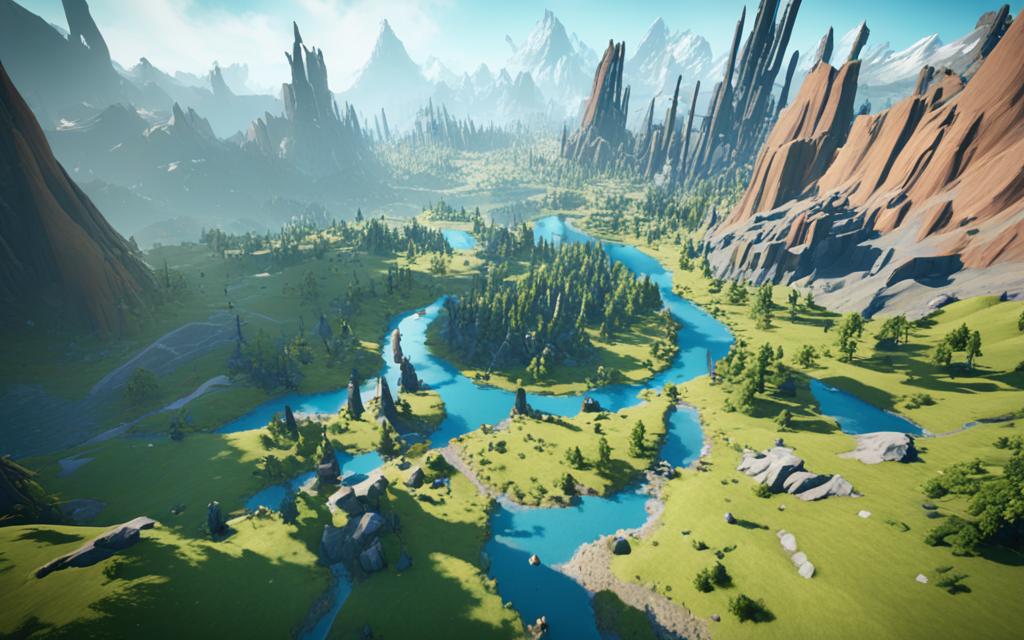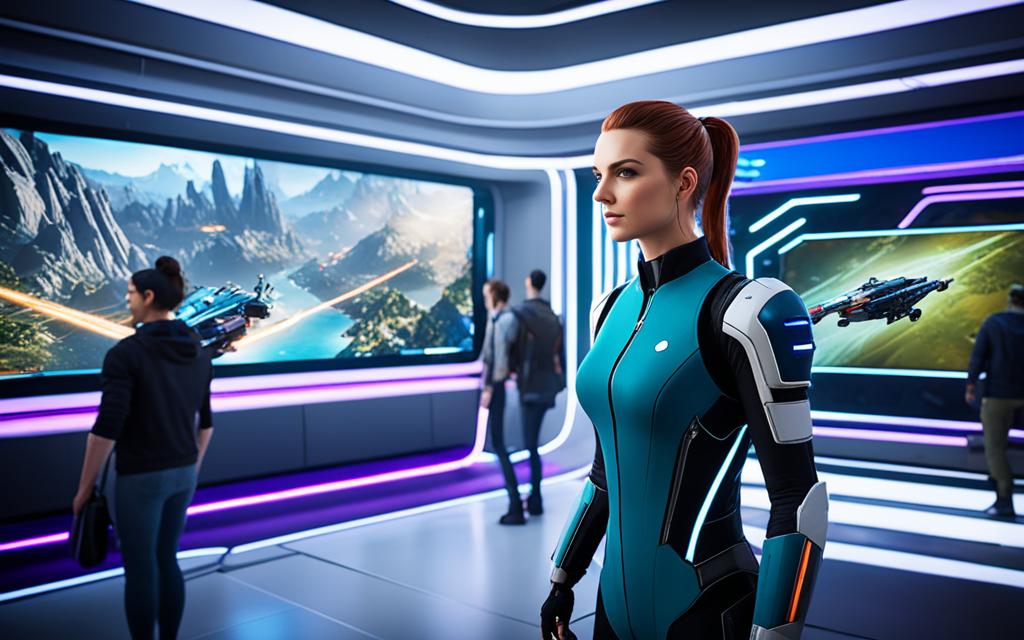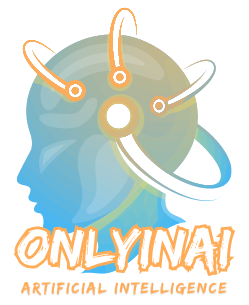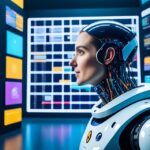Did you know that 3.09 billion gamers worldwide are changing the gaming scene? They’re about to see a big change as artificial intelligence games become more popular. Experts say AI will help make over half of games in the next 5-10 years, changing how we play and make games.
AI and gaming are not just a passing trend. They’re changing the game completely. AI helps make synthetic data, create realistic sounds and visuals, and is key to making games today. This big change is set to change how players experience games and what’s possible in virtual worlds.
Looking into how AI is changing gaming, we see big changes ahead. The video game market is expected to grow to $282.30 billion by 2024. With AI playing a bigger part, we’re entering a new era of gaming innovation and player interaction.
Key Takeaways
- AI is expected to drive over 50% of game development in the coming decade
- The gaming industry boasts 3.09 billion active players globally
- AI technologies generate various content types for games, including audio and visuals
- The video games market is projected to reach $282.30 billion in revenue by 2024
- AI in gaming is set to revolutionize player experiences and game creation processes
The Rise of AI in Gaming: An Overview
AI has been around in gaming since the beginning. It started with simple player characters and has grown to complex game mechanics. Now, game AI development is taking big steps, changing how we play and make games.
Machine learning games are getting more popular. They change based on how players act, making each experience unique. As AI gets better, games are becoming more dynamic and complex, needing less work to make.
A recent survey showed that 49% of developers use AI tools at work. This change lets them make more detailed games with less time and effort. From making landscapes to controlling characters, AI opens up endless possibilities.
“AI is not just changing how we play games, it’s revolutionizing how we make them,” says a leading game developer at a major studio.
AI’s effect on gaming is big, not just in tech. It’s changing game design, stories, and how players connect with games. As AI keeps getting better, we’ll see even more new and personalized gaming experiences.
Understanding Generative AI in Game Development
Generative AI is changing the game development world. It uses neural networks to make different kinds of content, like data, sounds, and visuals. Let’s see how it’s making a big impact on the gaming industry.
Defining Generative AI
Generative AI means algorithms that make new content from old data. In games, these algorithms can create landscapes, characters, and whole worlds. They learn from data and make new things that look like they were made by humans.
Applications in Game Creation
Game makers are finding new ways to use generative AI:
- Creating vast, unique game worlds
- Making characters act more like real people
- Creating games that feel made just for you
- Finding bugs automatically
This tech makes making games faster and better. For instance, it can make many different characters, which saves artists a lot of time.
Potential for Revolutionary Change
Generative AI could change game development a lot:
| Area | Impact |
|---|---|
| Game Design | Quickly making prototypes and new ideas |
| Asset Creation | Making game assets automatically |
| Player Experience | Games that change and grow |
| Development Time | Making games faster to make |
As AI for gaming gets better, we’ll see games that pull us in even more. The future of making games looks bright, with generative AI leading the way in new ideas and creativity.
Procedural Content Generation: Expanding Game Worlds

Procedural Content Generation (PCG) is changing the way games are made. It lets developers create huge, changing game worlds on their own. PCG cuts down on the time and work needed to make content, giving players new and changing environments.
In ai-powered games, PCG is a big deal. It makes unique landscapes, quests, and characters. This means no two playthroughs are the same. Games like No Man’s Sky show how PCG can create entire universes full of unique planets.
PCG has a big impact on making games:
- Reduces manual design work
- Creates complex, realistic worlds
- Allows for infinite variations
- Cuts development costs
As ai game design gets better, PCG will make games more immersive and big. This tech lets indie developers make big games that were once only for big studios.
“PCG is not just a tool; it’s a game-changer that’s reshaping the future of game development.”
The future of ai-powered games looks bright with PCG. As algorithms get better, we’ll see more amazing and smooth procedurally generated content in our favorite games.
AI-Driven Non-Playable Characters: Enhancing Realism

The future of AI gaming is changing non-playable characters (NPCs) into real-like beings. AI is making NPCs think, act, and react like humans. This change is making games more immersive and setting new standards.
Human-like Decision Making
AI-powered NPCs now make choices like humans do. They consider options, think about the outcomes, and act based on their virtual personalities. This makes stories and interactions deeper and more engaging.
Adaptive Behaviors
NPCs are not stuck in scripts anymore. They change based on what players do and learn from their actions. This keeps games exciting and unpredictable, making them more fun to play.
Improved Player Immersion
With AI, NPCs react realistically to what players do. They remember past talks, form bonds, and change their views over time. This makes the game world feel more real, pulling players in.
| Traditional NPCs | AI-Driven NPCs |
|---|---|
| Fixed dialogue options | Dynamic conversations |
| Scripted behaviors | Adaptive reactions |
| Limited memory | Persistent relationship building |
| Predictable patterns | Evolving strategies |
As AI gets better, we’ll see even more real-like NPCs. These characters will change how we tell stories and engage with games, making AI a key part of the future of gaming.
Personalized Gaming Experiences through AI
AI is changing the way we play games, making each experience unique. It looks at what players like and adjusts the game’s difficulty. This way, you’re always challenged but never too hard, keeping the game exciting.
AI does more than just adjust the game’s difficulty. It suggests new games that fit your style, creates missions just for you, and helps you get better. This makes sure every player’s game is special and rewarding.
AI isn’t just for solo games; it’s also changing multiplayer. It matches players with others who are similar to them, making games more balanced and fun. It also helps team players work together better by pairing them with the right skills. As AI gets better, we’ll see even more ways it will change gaming, making our games more real and personal.


